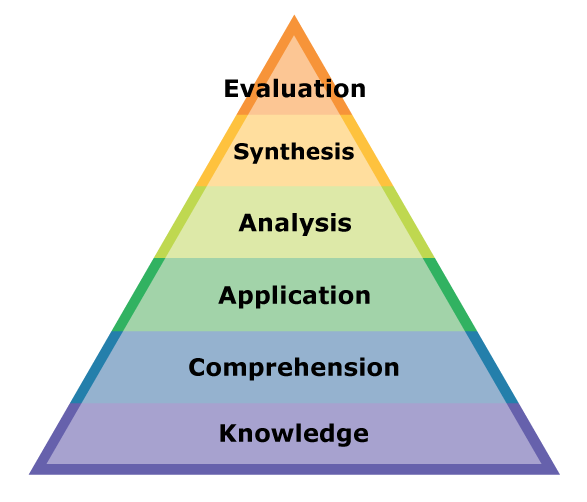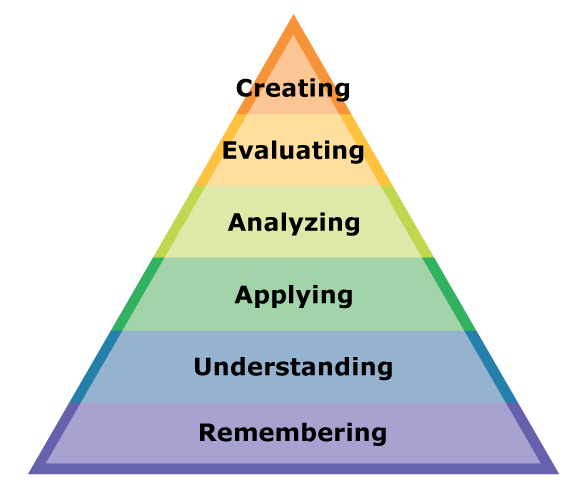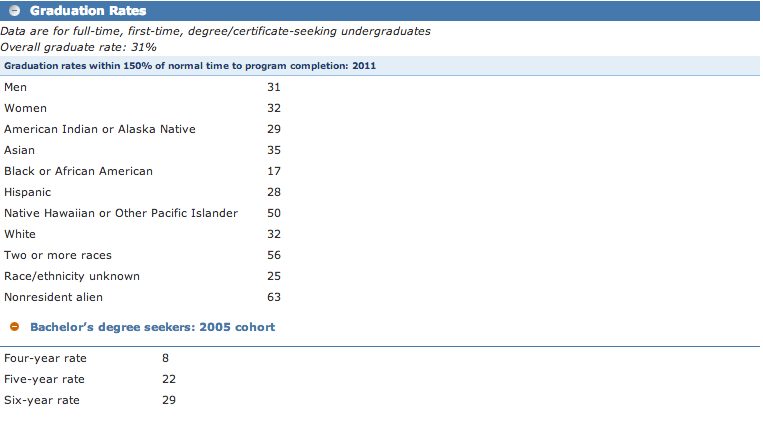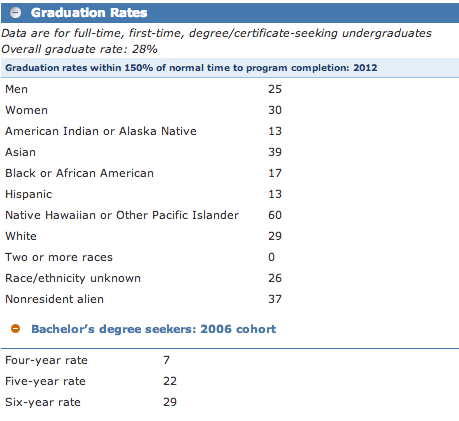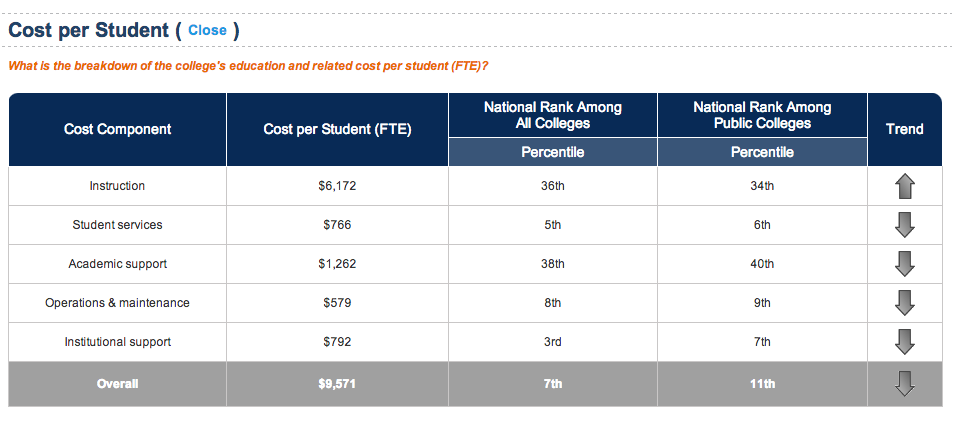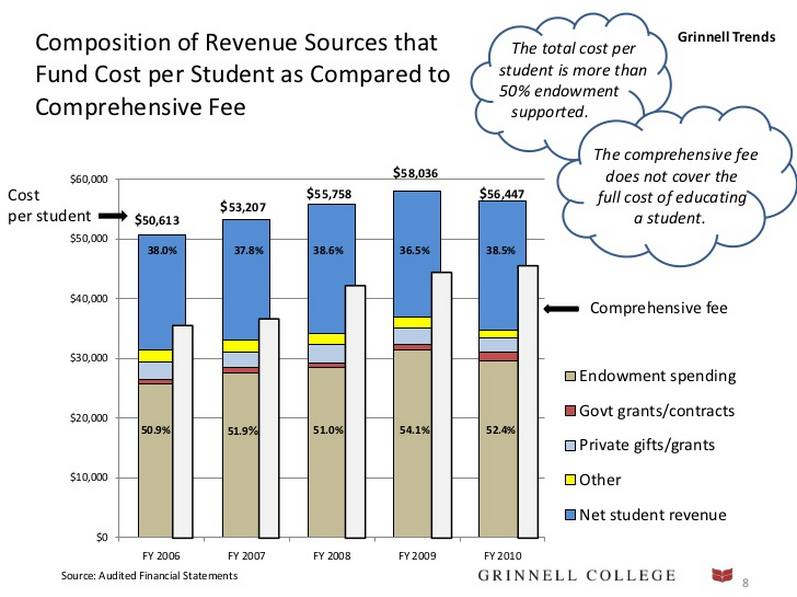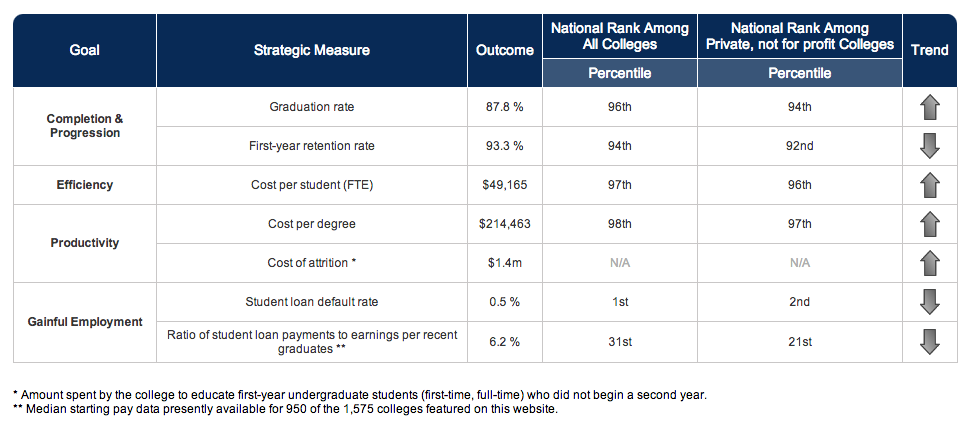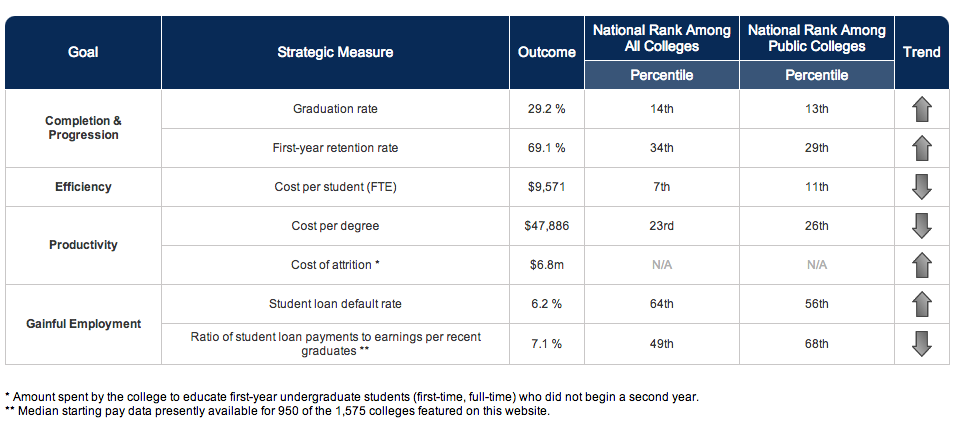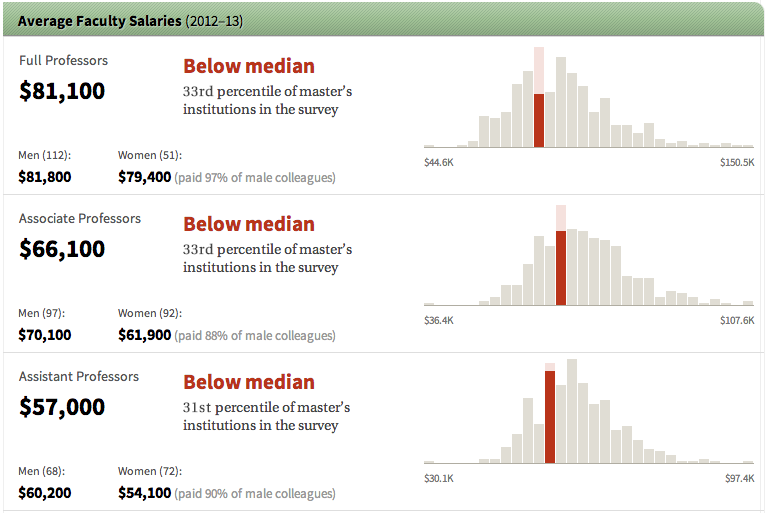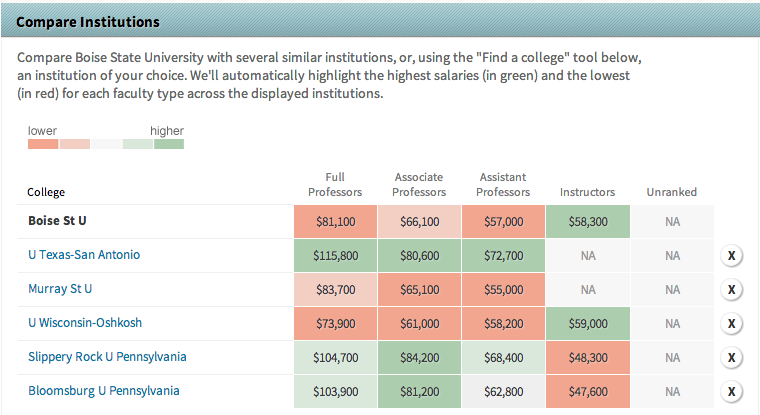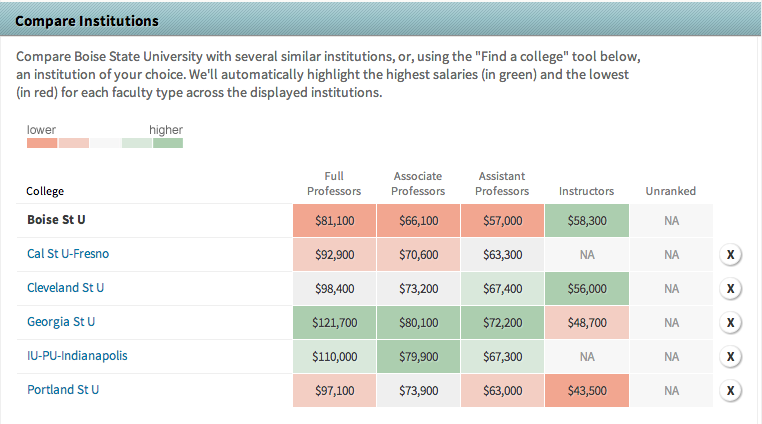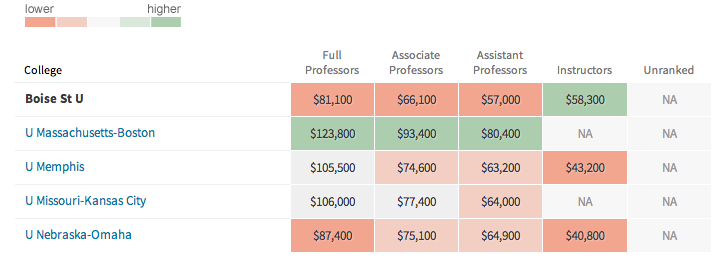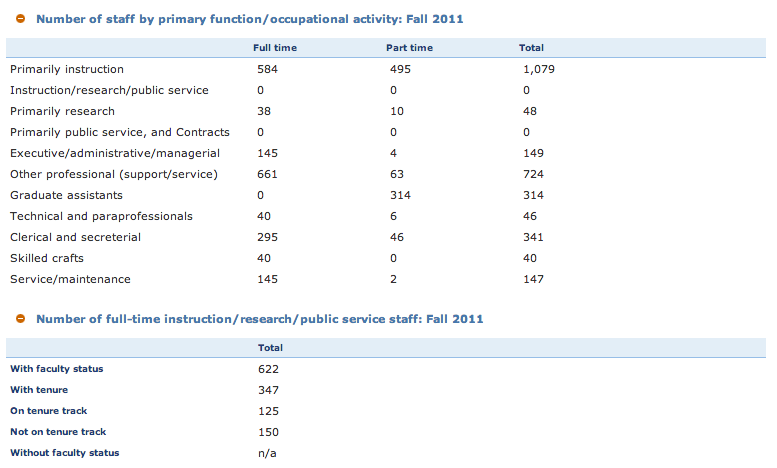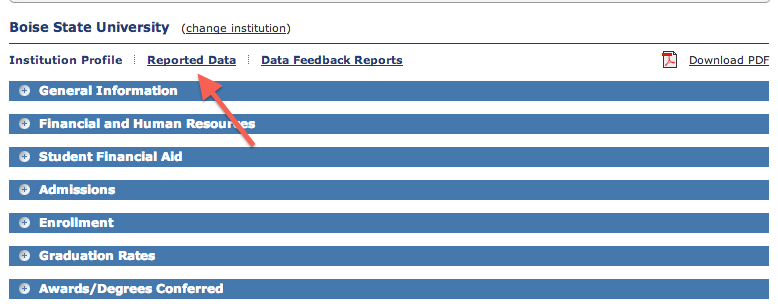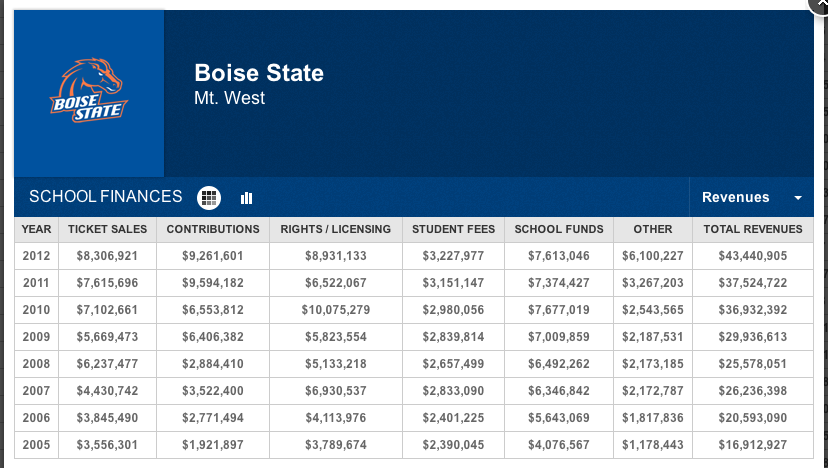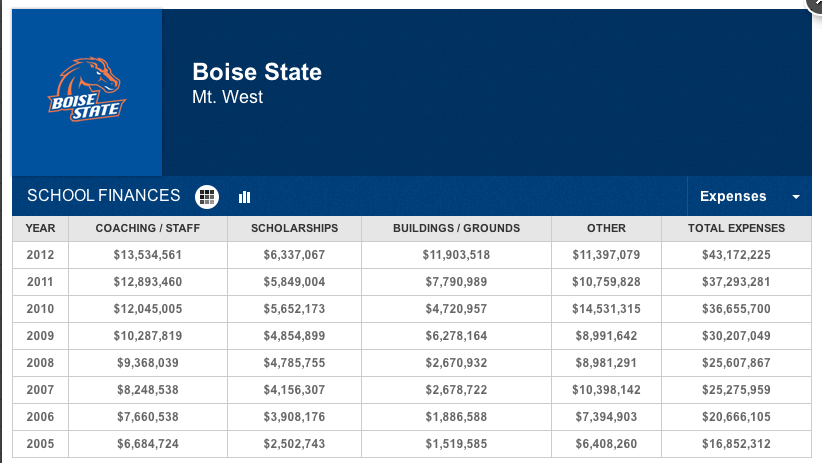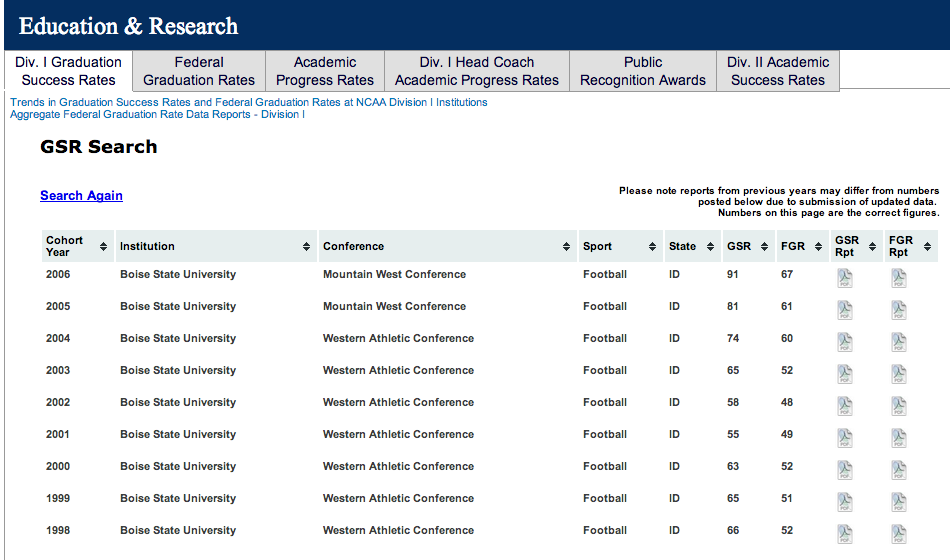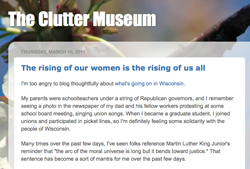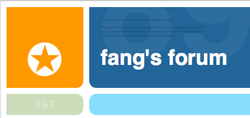This is the final assignment for Critical Instructional Design. The prompt:
How do you design an exercise, create content, open a discussion, or build an assessment that is truly critically pedagogical in its design?
What you create as your final project is up to you. But some guidelines include:
- Create something practical, something that can actually be used in an online or hybrid course;
- Build into the work a space for reflection, or a space for learning to happen, whatever that looks like to you;
- Make the work reflective somehow of your thoughts about critical instructional design.
The assignment
In this course, we have broadened our definition of what “counts” as public history, emphasizing collaboration with the public rather than more traditional forms of public history in which professionals “do history” for a public audience. You need to keep this distinction in mind for your final digital project, which calls for you to engage with stakeholders.
This final digital project has three parts:
- A wireframe, mock-up, minimum viable product, or other proof of concept of a digital public history project (explained in detail below).
- A mock NEH grant application (or other proposal of similar scope) to support the project.
- A reflection on the project and mock grant.
The digital project (submitted as a group)
In a group of no more than four people, you will plan, and then begin to build, a digital public history project that serves an underrepresented or underserved audience.
The topic is up to you, but I recommend selecting a topic:
- that is underexplored;
- that is of interest to a large number of people;
- has existing, readily available primary-source images or texts or has informants you can interview easily; and
- about which you have some background knowledge, or about which you can acquire knowledge quickly.
If you’re casting about for Idaho topics, I encourage you to explore the finding aids for collections in Albertsons Library Special Collections, the Idaho State Archives, or the archives of local corporations.
In the past, for assignments similar to this one, students have proposed or created:
- a retrofitted bus that visits neighborhoods to help residents collect oral histories, scan photos, and begin a neighborhood history site;
- an app template for local historical sites to promote their programs and services to tourists;
- an on-site, augmented reality tour of the Morris Hill Cemetery, with “pop-up” names over graves, biographies of Boise’s notable dead—some in video form that incorporated audio from oral history projects;
- an educational app for Idaho fourth and fifth graders that dives into the history of Idaho’s diverse native peoples;
- self-guided walking tours of Boise’s disappeared Chinatown and the African-American River Street neighborhood, complete with QR codes posted on today’s buildings that allow tourists to see what sites looked like in the past.
You will undoubtedly wonder what project scope will allow you to succeed in this assignment. I don’t have a single answer, as my response will vary with group size, topic, audience, and proposed tools; your group should come to me to determine a reasonable project scope.
You will turn in all work and/or documentation of work to the instructor, and you will present your project to the class.
A few things to consider
Stakeholders
We have spent a good deal of time in this class considering public reaction to public history projects and programs and to thinking about who the stakeholders of a particular project are and how best to work with them. (Recall in particular Tom King’s Our Unprotected Heritage and its case studies illustrating how stakeholders too often are underconsulted.) In the early stages of your project, you need to figure out who its stakeholders are; these likely will include the audience for the project as well as people connected to its subject (or their descendants), but may comprise other groups as well. How do you plan to identify stakeholders, approach them, recruit them, process their contributions, and maintain their enthusiasm for the project?
Content
You need to be sure you have access to the materials you need and will have permission to share them via your digital project. Figure out the rules for things such as archives’ digital permissions, reproduction fees, and contracts (for archives or oral histories, for example) early in your project planning.
Tools
Consider your digital toolbox, or proposed digital toolbox, carefully. Some questions to consider:
- Will the platform you are using or proposing to use be around in another year or two, or is it the product of a brand new startup? (Funders want to see stability.)
- Is the tool electronically accessible to people with disabilities? What steps will you take to ensure your project is accessible?
- Does accessing the project require broadband access?
- If you are proposing building a digital tool that requires programming or other development skills beyond your expertise, what kind of developers will you propose hiring? How will you find them and vet them, and what will their services cost?
The grant (submitted as a group)
You will write a grant application in response to a call for proposals for a program of the National Endowment for the Humanities. Unless I tell your group otherwise, you will need to complete all parts of the proposal, with two exceptions: You need to merely tell me from whom you would secure letters of reference rather than having them actually written, and you can use a simple spreadsheet for your budget rather than using the forms the NEH provides.
We will discuss in class how to identify grant opportunities and craft a proposal narrative.
The reflection (submitted individually)
Your reflection should be at least 750 words. (Some of you will barely break 750 words, while others will write 3,000. I will read whatever your submit.) It should address at least some of these questions:
- Why did you choose your subject?
- Why is this project needed at this time, and why did you choose to serve your particular audience?
- Are there audiences who will find your project controversial, offensive, or otherwise challenging? Explain. Did you intentionally exclude anyone from your audience, or design “against the grain” to provoke a particular audience or type of viewer/user? If so, why and how?
- How did you go about selecting your particular methods and tools?
- What challenges did your subject or sources present?
- What challenges did your research and content creation present?
- What challenges did your collaboration (in your group or with stakeholders) present?
- What would you do differently next time?
Deadlines:
- Sketchy project proposal and work plan: TBD
- Polished project/project proposal: TBD
- Group presentation: TBD
- Mock grant proposal: TBD
- Individual reflections: TBD
My reflection on the assignment
This assignment is designed for my graduate seminar in applied historical research, which I teach as a public history seminar with an emphasis on what it means to “do history” in a digital age. The assignment, however, could be adapted for an an upper-division undergraduate course.
In this course and in all my courses, I aim to increase students’ digital savvy by an order of magnitude. For some, this means collaborating via Google Drive or simple video editors for the first time. For others, it means learning some PHP as they tweak a WordPress site the class is building. While it may appear this project tosses them into the deep end, so to speak, the course assignments scaffold students’ digital skills—though there still is for many students a considerable gap between where they are and where they want the project to end up. The group nature of the project helps to quell anxiety over technology, as students work together to solve technical challenges before coming to me for help; only very rarely do students come to me for technical support.
Idaho’s past has been underexamined by professional and public historians, at least in ways that challenge the traditional narrative that begins with Lewis and Clark and white contact with Native Americans, then continues through fur traders, mining, logging, pioneers, and farmers. There are plenty of opportunities for students to interpret the state’s past, as there are two easily accessed, large public troves of primary sources here in Boise. Despite such archives, I did not require students to focus on Idaho history exclusively, for two reasons: First and most obviously, students may have their own interests outside Idaho history. Second, I’m hoping some students will opt to serve underrepresented audiences that are not well represented in the local historical record; many of my students have not considered race in any substantive way, yet I’ve found some are eager to tackle the subject. (In the past, students have begun to address the historical Chinese and African American presence in Boise, but the primary sources for these communities are largely inaccessible to our graduate students, either because they are not well-catalogued in local collections or because they are in Chinese, and many of the secondary sources are of questionable value.)
As I scan the field of local and regional public history, I’m frustrated by the very traditional nature of many projects and programs. The social web makes it easy to make friendly first contact with strangers and even recruit participants without even leaving one’s desk. I teach my students that consultation with stakeholders is an essential part of any project. Designing an app for fourth grade history? Talk to fourth-grade teachers. Talk to fourth graders. Is the app about historic Native peoples? Consult their descendants.
My insistence on consultation with public stakeholders isn’t just to promote ethical standards or inclusive excellence, though those would be sufficient reasons in themselves. In addition to helping my students to be thoughtful and inclusive, this requirement may increase the quality of historical practice among amateurs and laypeople. The public is already trying to make sense of the past on sites like Ancestry, Wikipedia, countless blogs, and HistoryPin. A well-developed digital public history project that solicits public participation may help the public better understand both the past and what historians do.
At the same time as I try to build my students’ digital skills, I also caution them to keep in mind the relative lack of broadband internet in Idaho and other remote rural regions of the U.S. Idaho has the slowest internet in the 50 states, and even some of my faculty colleagues don’t have broadband or wifi in their homes here in Boise. If they are assuming an Idahoan or rural audience for their project, students need to balance any newfound enthusiasm for a new technology with its accessibility to rural users or users with disabilities.
This class assignment is not an entirely new one, though I have made more explicit here my own commitment to inclusive design. I believe all public history is pedagogical, and I’ve designed the assignment itself to be a critical pedagogical project. In On Critical Pedagogy, Henry Giroux writes,
Critical pedagogy is not about an a priori method that simply can be applied regardless of context. It is the outcome of particular struggles and is always related to the specificity of particular contexts, students, communities, and available resources. It draws attention to the ways in which knowledge, power, desire, and experience are produced under specific basic conditions of learning and illuminates the role that pedagogy plays as part of a struggle over assigned meanings, modes of expression, and directions of desire, particularly as these bear on the formation of the multiple and ever-contradictory versions of the self and its relationship to the larger society. (4)
Giroux might as well be talking about the kinds of projects my students will be asked to create and manage during their careers. It makes sense, then, to infuse this final class project with principles of critical instructional design.
